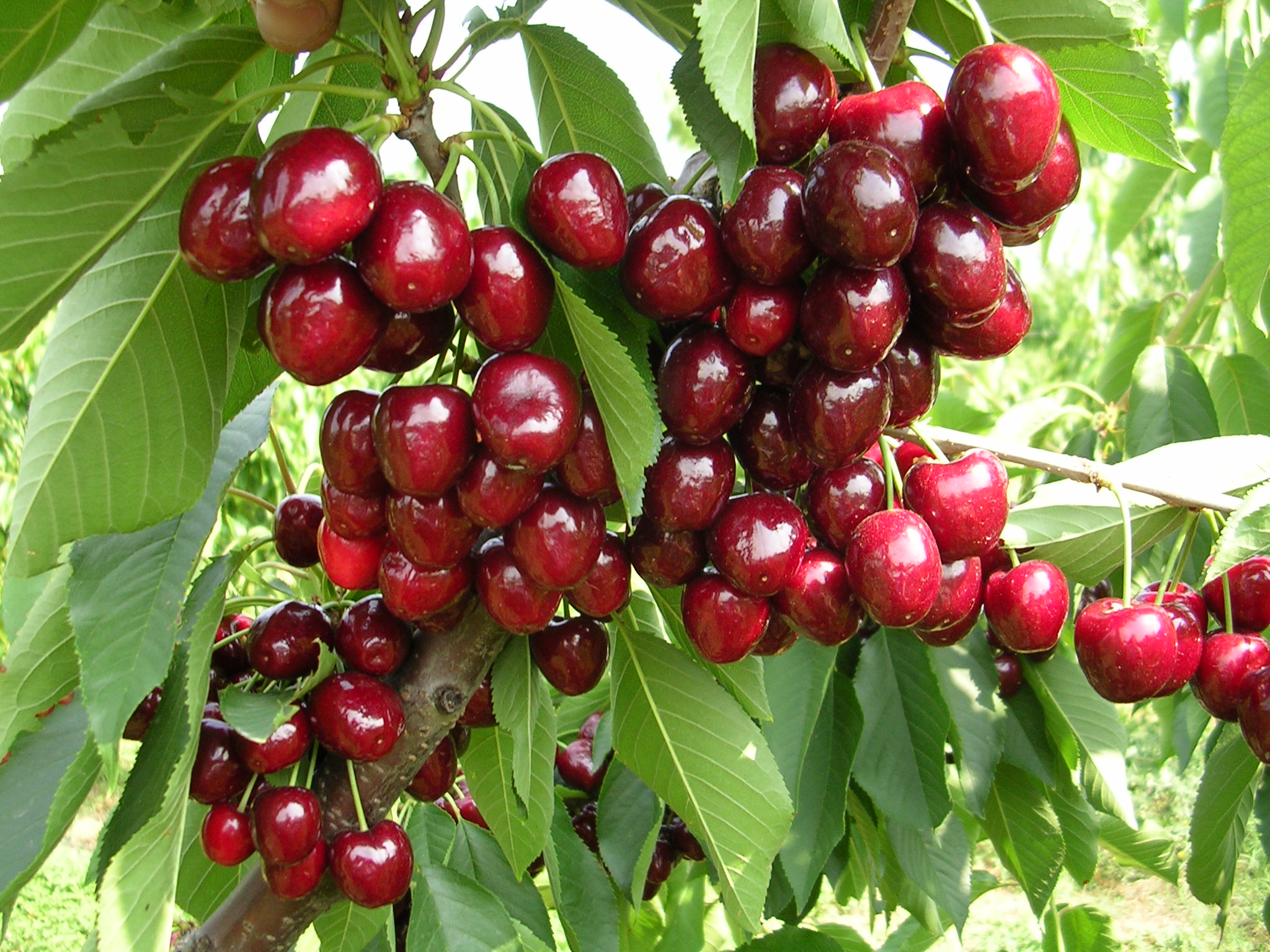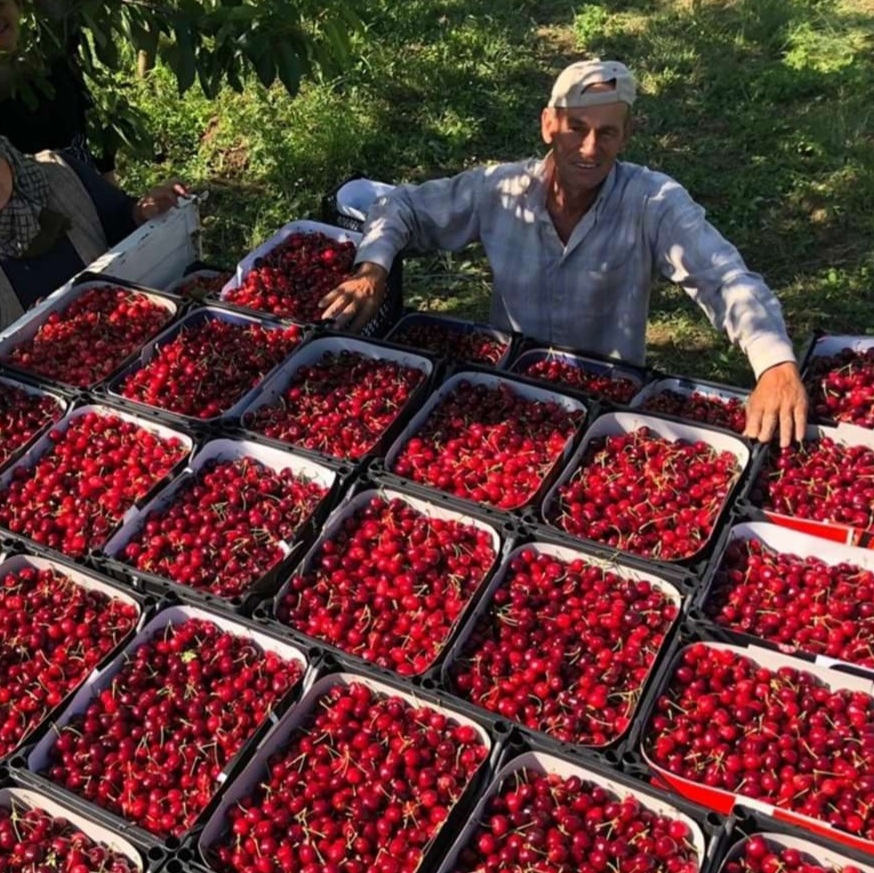Climate change has made drought tolerance one of the top priorities in modern fruit growing, especially for species like sour cherry (Prunus cerasus L. or Cerasus vulgaris Mill.), which in the western Forest-Steppe region—and particularly in Ukraine—faces increasingly extreme summer conditions.
A recent study conducted in this area between 2022 and 2023 analyzed 35 rootstock-cultivar combinations to identify those with the highest drought tolerance, evaluating key physiological parameters such as water retention capacity, turgor recovery, water deficit, and leaf tissue hydration.
The cultivars tested included “Igrushka”, “Lutovka”, “Balaton”, “Erdi Botermo”, “Nochka”, and “Turgenevka”, along with a promising selection, “D 36-25”.
The rootstocks used were “Prunus mahaleb”, “Krymsk 5”, “V-2-180”, “V-2-230”, “V-5-88”, and “Rubin”.
Water deficit and tissue hydration
During periods of intense water stress, the analyzed combinations showed a water deficit index ranging from 2.2% to 9.2%, with values between 2.2% and 5.6% for the most resistant combinations.
Leaf tissue hydration ranged from 60.87% to 65.93% for the cultivars and from 60.23% to 64.19% for the rootstocks, indicating the plants' ability to maintain adequate water levels even under drought conditions.
Tissue water retention capacity recorded average losses of 10.9% after 2 hours, while under high water deficit conditions it reached 13.7%; after 4–6 hours, water retention capacity increased by 2.41–3.45% per hour.
Turgor recovery and physiological response
Turgor recovery, a key parameter for resuming cellular function after dehydration, ranged from 40.3% to 52.7%.
Interestingly, contrary to expectations, an increase in water deficit was associated with an increase in the turgor recovery rate, suggesting that certain rootstock-cultivar combinations possess effective physiological compensation mechanisms.
In this context (the Ukrainian steppe), combinations involving clonal rootstocks “V-5-88”, “V-2-230”, and “Rubin” showed the most promising performance.
Moreover, the cultivars “Nochka”, “Balaton”, and “D 36-25” stood out for their lower water losses, making them better suited to cultivation in drought-prone areas.
Genetic and environmental interactions
Multifactorial analysis confirmed that the main factors influencing drought resistance are climatic conditions (26%), followed by cultivar (17%) and rootstock (9%).
Significant interactions were also observed between climate and cultivar (22%) and between rootstock and cultivar (18%), highlighting the importance of interactions and genetic compatibility between components.
Integrated strategies for resilience
The study's conclusions emphasize the need for an integrated approach in selecting more resilient cherry rootstock-cultivar combinations, one that is based not only on individual genetic traits but also on the complex interactions between plant and environment.
All analyzed combinations proved tolerant to drought, but the best performance was obtained with selected rootstocks that, in synergy with well-adapted cultivars, allowed the plant to maintain a functional water balance even during critical periods.
In an ever-changing climate, attention to water conservation and the selection of cultivar-rootstock combinations tailored to specific pedoclimatic zones is crucial for the sustainability of sour cherry cultivation.
Source: Grynyk, R. (2024). Drought Resistance of Cerasus vulgaris Mill. Cultivars Depending on Rootstock in the Right-Bank Part of the Western Forest-Steppe Region. Agrobiodiversity for Improving Nutrition, Health and Life Quality, 8(2). https://doi.org/10.15414/ainhlq.2024.0023
Image source: Battistini Vivai
Andrea Giovannini
University of Bologna (ITA)
Cherry Times - All rights reserved












